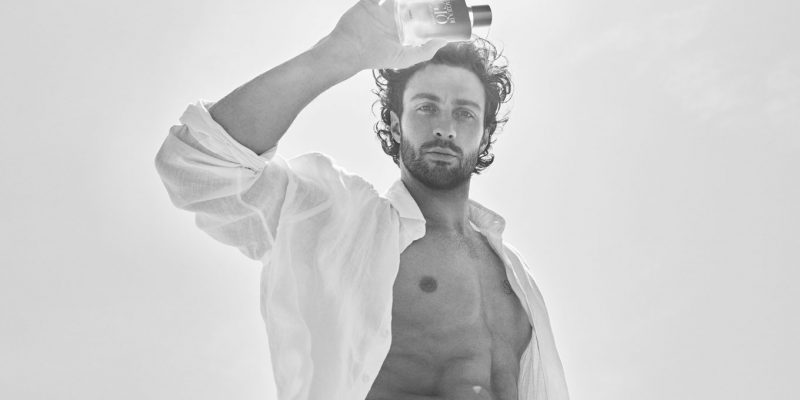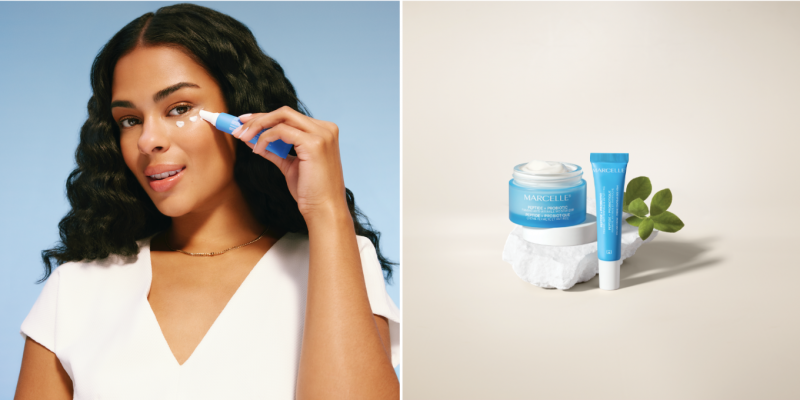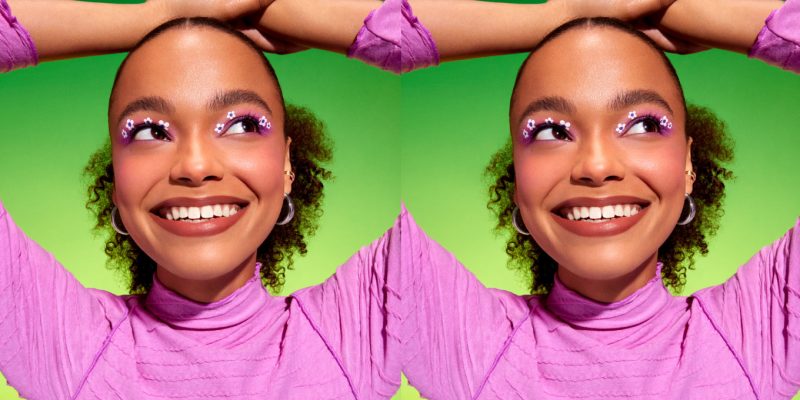Beauty
Balenciaga launches new fragrance
After 55 years, Balenciaga launches a new fragrance!
by : Rita Silvan- Jan 11th, 2010
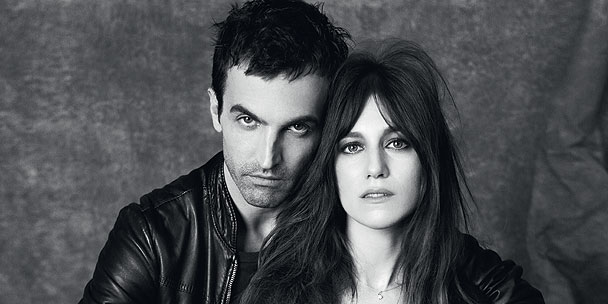
Cristóbal Balenciaga was the couturier’s couturier. When he suddenly retired in 1968 in response to the trend for ready-to-wear, he neglected to mention this change of plans to his employees, who arrived one morning to find the atelier shuttered. His seamstresses probably found new jobs quickly because of Balenciaga’s reputation for the highest standards. Christian Dior called Balenciaga “the master of us all.” It was another matter for his clients: One after another, they burst into tears at the news. Many, like Mona Bismarck, the Paris-based, American-born heiress, had built their entire fashion personas on the bedrock of Balenciaga’s adamantine silhouettes. The House of Balenciaga, located at 10 Avenue George V, was reported to be like no other: Possibly, one could hear a pin drop or, occasionally, the muffled sob of a seamstress being dressed down by her exacting boss. Otherwise, it was just the deafening silence of creating the hautest of haute couture. In 1947, Balenciaga created his first perfume, Le Dix, as a parry to Chanel’s No. 5. This February, after a small eternity, the House of Balenciaga launches a new luxury perfume that evokes the classicism of the brand together with its chic unconventionality.
The new fragrance, simply called Balenciaga Paris, was created by Olivier Polge in close collaboration with Nicolas Ghesquière, artistic director since 1997. A favourite of the house, actress/musician/model Charlotte Gainsbourg stars in the advertising campaign shot by Steven Meisel. “I’d visit Nicolas every week and he would show me what inspired him: flowers, jewels, shoes, vases and hotel soaps, as well as furniture polish that reminded him of his childhood,” says Polge. “I’d bring him the samples I was working on and he would wear them for the week.” Inspired by this new project, Ghesquière also enrolled in a perfumery course at International Flavors & Fragrances in order to learn more about fragrance making. The pleasurable problem all perfumers have is: How do you make an immaterial representation of fashion, which, after all, is very material? For Balenciaga Paris, in reference to the designer’s silhouettes, Polge created a “spine” of violet leaf that runs from the top note through the base notes. Violet leaf is typically used in masculine perfumes, whereas violet flowers were popular in early- 20th-century perfumery for their powdery effects. (Think courtesans and their violet-scented lipstick.) In Balenciaga Paris, the violet leaf provides a fresh green note alongside the chypre accord, spices, woods, peppers and a touch of pimento. The woody notes were “re-distilled” in order to give the violet leaf a slightly leathery, patinated effect.
Get to know more about Balenciaga’s latest muse on the next page …

“Nicolas wanted a green, sharp fragrance that was also beautiful and classical,” says Polge. According to Caroline Javoy, vice-president of marketing for Balenciaga, Polge was the ideal perfumer for this project. “He’s a Renaissance man,” she says. “His fragrances have a beautiful radiance; they’re never gimmicky. He has a great knowledge of naturals, and, despite his talent, he’s not a diva!” Gainsbourg was also enlisted during the creation process. “They gave me the final two versions to try,” she says. “One was light and the other was stronger, and I preferred the stronger one.”
The actress perfectly captures the inherent contradictions of the Balenciaga tradition: She is shy but has courage (she has taken on provocative film roles and spent the last year recovering from surgery to repair a brain hemorrhage); she is slender of build but carries a big personal history (her father was Serge Gainsbourg and her mother is Jane Birkin); and she is chic but never works at it. (“Nicolas often creates something for me before I’m ready to wear it.”) Balenciaga Paris is for every woman who appreciates tradition — with a twist.
Muse moment
If you were to walk past Charlotte Gainsbourg on the street, you might notice a tall, very slim woman with long, straight hair and no makeup — very cool but somewhat vulnerable and childlike too. You probably wouldn’t guess that she comes from one of Europe’s most illustrious artistic families — her father was Serge Gainsbourg and her mother is Jane Birkin — or that she has garnered acting awards and recorded an album with Beck. Completely unguarded, Gainsbourg talks to ELLE.
• “In Europe, people know who I am. They’re usually very kind and full of goodwill if they come up to me. They’ll talk about my parents. I frequently feel eyes on me. In America, it’s different. It’s not such a heavy presence.”
• “My first modelling job was for Steven Meisel for Italian Vogue. I was so shy. He held up a mirror and told me to look at myself. Photographers tell me that they have a hard time shooting me because of my unconventional looks for a model.”
• “When I was sick, I lived in fear for a year. After I recovered, I came back to my flat from the hospital and it was covered with white flowers that different people had sent. It looked like I had died. I did Antichrist after that because the film was so intense, it was an escape from my health troubles.”
• “I love to sleep. I can’t take naps; I find them depressing. Too little sleep and your face looks drawn; too much and it gets puffy.”
• “Nicolas can see me in something before I can. The clothes are strong, but I feel they reveal my femininity; they are not like armour.”
Read more
Start 2010 off on the right fragrance note
Charlize Theron reveals her beauty tips
Infuse some natural fragrances into your life
Newsletter
Join our mailing list for the latest and biggest in fashion trends, beauty, culture and celebrity.
More from Beauty
Read Next

Fashion
Are Fashion Brands Getting Greener?
While the fashion industry is making a lot of noise about being more sustainable, a closer look shows that its earth-friendly commitments are often more illusion than reality.
by : Marouchka Franjulien- Apr 19th, 2024

Beauty
What Beauty Packaging Is Actually Sustainable?
We sought out leaders in the field to help us get to the bottom of the blue bin once and for all.
by : Victoria Christie- Apr 19th, 2024
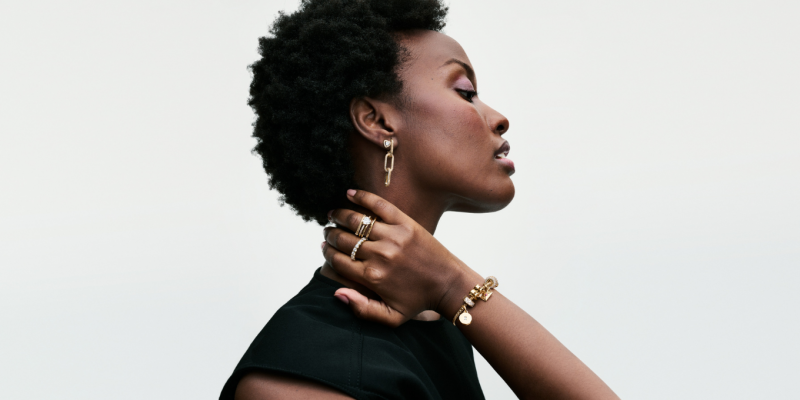
Fashion
This Jewellery Brand Has a Whole New Look And It’s Everything
Here are the seven pieces we’re coveting.
by : ELLE Canada- Apr 10th, 2024


